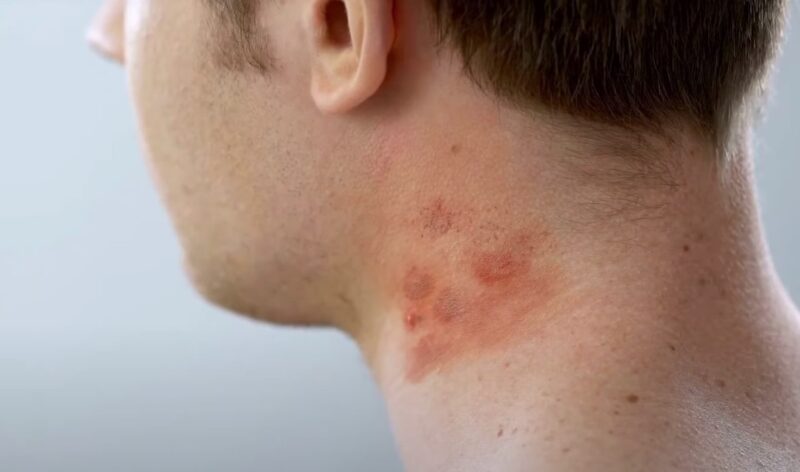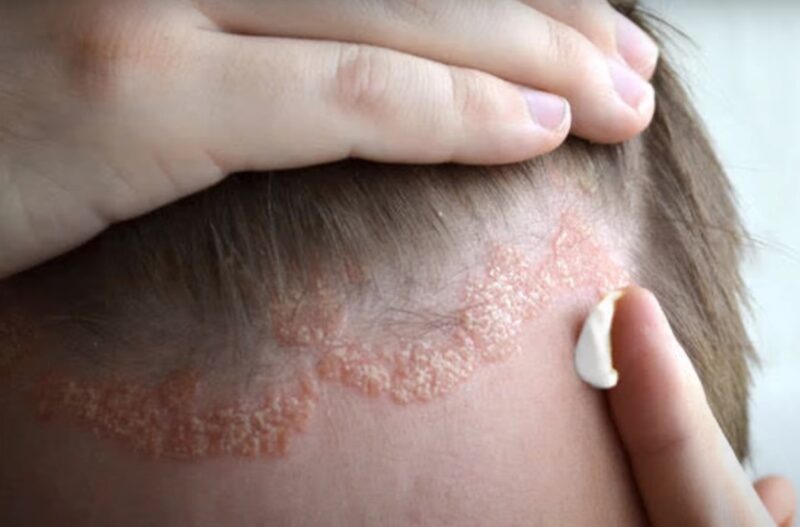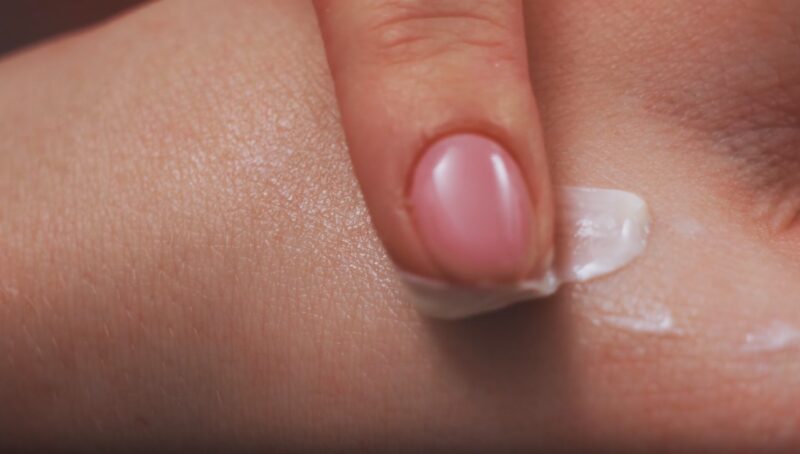Skin asthma, also known as atopic dermatitis or eczema, is a common skin condition that can affect individuals of all ages. It is characterized by a chronic, inflammatory reaction of the skin, often accompanied by a range of symptoms.
Understanding these symptoms is crucial for early diagnosis and effective management. This article delves into ten different signs and symptoms of skin asthma, providing insights into their manifestations and implications.
Skin Asthma

Skin asthma is not just a superficial skin issue; it’s a complex condition that often involves an overactive immune response. The skin, being the largest organ of the body, serves as a first line of defense against environmental irritants, allergens, and pathogens.
In skin asthma, this protective barrier is compromised, leading to increased sensitivity and a range of symptoms. It’s important to note that skin asthma can be influenced by genetic, environmental, and immune factors.
Dry and Scaly Skin
One of the most common symptoms of skin asthma is dry, scaly skin. This dryness occurs because the skin is unable to retain moisture, leading to a rough, flaky appearance. The skin may feel tight and parched, and in severe cases, cracking and peeling may occur. This symptom can be exacerbated by factors like cold weather, harsh soaps, and prolonged exposure to water.
Intense Itching

Intense itching, or pruritus, is a hallmark symptom of skin asthma. The itchiness can range from mild to severe and often worsens at night, causing sleep disturbances. Scratching the itchy areas can lead to further skin damage, inflammation, and even infection. The cycle of itching and scratching can be particularly distressing and can significantly impact the quality of life.
Red or Inflamed Skin
Inflammation is a key component of skin asthma, leading to red or inflamed skin. This redness can be localized or widespread, depending on the severity of the condition. The inflamed skin may feel warm to the touch and can be accompanied by swelling. This symptom is a result of the immune system’s overactive response to perceived threats.
Rashes

Rashes are another common manifestation of skin asthma. These rashes often appear as patches of red, inflamed skin and can occur anywhere on the body. They are particularly common in the creases of the elbows and knees, the neck, hands, feet, and around the eyes. The rashes can vary in appearance, sometimes presenting as small, raised bumps.
Weeping or Crusting
In more severe cases of skin asthma, the affected areas may weep or ooze fluid. This symptom usually occurs when the skin becomes excessively irritated or infected. The fluid that is released can dry and form crusts on the skin’s surface. Weeping and crusting are signs that the skin barrier has been significantly compromised and may require medical attention to prevent secondary infections.
Changes in Skin Texture

Over time, chronic skin asthma can lead to changes in the texture of the skin. Repeated scratching and inflammation can cause the skin to become thickened and leathery, a condition known as lichenification. These changes can make the skin more prone to cracking and bleeding, further exacerbating the condition.
Hyperpigmentation or Hypopigmentation
Prolonged inflammation and scratching can also lead to changes in skin color. Hyperpigmentation occurs when the affected areas become darker than the surrounding skin. Conversely, hypopigmentation is when the affected areas become lighter. These color changes are more noticeable in people with darker skin tones.
Heat and Sweat Intolerance

Individuals with skin asthma often report an intolerance to heat and sweat. Sweating can irritate the skin and exacerbate itching and rashes. Similarly, exposure to heat can increase blood flow to the skin, intensifying redness and inflammation. Avoiding extreme temperatures and wearing breathable clothing can help manage this symptom.
Secondary Infections
The compromised skin barrier in skin asthma makes it more susceptible to bacterial, viral, and fungal infections. Signs of infection include increased redness, warmth, swelling, pus, and pain. These infections can further irritate the skin and may require antibiotic or antifungal treatment.
Emotional and Psychological Impact

Finally, it’s important to acknowledge the emotional and psychological impact of skin asthma. The visible symptoms, along with the constant itching and discomfort, can lead to self-consciousness, social withdrawal, anxiety, and depression. The chronic nature of the condition can also be emotionally taxing, as individuals struggle with ongoing management and treatment.

